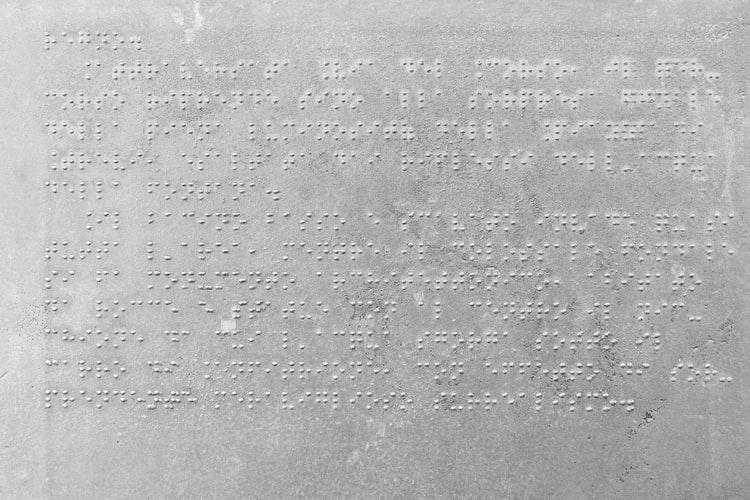
The tactful concept of class, privilege, and social equity was first introduced to me in Grade 6 by my Social Science teacher, who then played a minute-long video that modestly illustrated the very same notions of power and social equity. The video demonstrated a room with people seated across five rows and a bin placed at the front. The seated members were each provided a sheet of paper that was to be crushed into a ball and were also presented with the clear objective of throwing the paper ball into the bin.
Immediately, the members seated at the rear rows chimed in about not having a fair chance of achieving the task as they were farther from the bin as opposed to the members at the front who easily landed their paper balls into the bin. The video identifies the members at the front rows as privileged because their closer position allowed them to have a better chance of completing the task against the others seated at the rear end. The video then ends with an edifying message and a prodigious lesson beyond price – ‘As students, one must identify their privilege of education and continue to make use of it for the betterment of themselves and those around them, especially for the ones seated at the rear end’.
With the same spirit, this article is a trenchant rendition and positive reiteration of the essential lesson – the shared responsibility of architects and designers in identifying privileges in existing social structures to constructively chisel an equitable society. In this article, Archslate discusses equity and design under the following sections:
How to define Equity and Public Space Design?
1. Why Equity over Equality?
2. What makes a space equitable?
3. A look at Anubhav - tactile gallery for the disabled
4. Designing equitable urban spaces
1. Why Equity over Equality?
The clear difference between equity and equality must be understood and recognized. While both concepts advocate fairness and justness, equality executes this by equal treatment of everyone concerned and equity achieves fairness by subjective treatment of everyone depending on their individualistic needs.
In reference to the video mentioned earlier, favoring equality would ensure that every member is seated, every member is provided with equal amounts of time and paper and eventually, all members are accommodated with equal opportunities to accomplish the task. Equity, on the other hand, would mean taking notice of the position of the members seated at the rear end and therefore the unfair circumstances that come along with it. An equitable stance would be to “bridge the gap” – to place all members at an equal distance from the bin and in some cases, even allot extra time and paper for members to familiarize themselves with the task and then proceed to achieve it. Therefore, in essence, equity is a means of equality. Equality is the ideal objective and equity is a means of attaining the said goal.
2. What makes a space Equitable?

While overlapping the intricate concept of design with equity, we must simultaneously acknowledge the existing infelicitous inequity interlaced into the urban fabric. Cities and urban structures are subconsciously divided by class, race, gender, and much more. The recent happenings in the nation attest to this flagrant reality – the wakeful discrimination against people of color highlighted during the Black Lives Matter protests and the state of despair of immigrant workers. All of these instances not only paint a grim picture but sharply remind us that :
In essence, spaces can only be inclusive and equitable if they are accessible to all.
3. A Look at Anubhav - Tactile Gallery for the Disabled

Architect Siddharth Shah, also an accessibility consultant, quotes “accessibility equals experience”. Denying experience and accessibility undermines equity and equality. A well-defined equitable space includes amenities designed based on the specific needs of every user. A project that best samples an equitable space is Ar. Siddhart Shah’s work on Anubhav, the tactile gallery for the disabled at the Ministry of Culture's National Museum in New Delhi. Captivatingly, the Museum features ‘Please touch’ braille signboards contrary to universal ‘Please do not touch’ signage that can be spotted across museums worldwide.
Mr. Shah has also helped manifest the first braille museum guidebook for the City Palace of Jaipur and curated braille signage for the armory gallery. He is also one of the first architects to revive and restore heritage projects that make them tangible and accessible for its visually impaired users in India
4. Designing Equitable Urban Spaces

The goal of an effective urban community is achieved only when all its users or members are allowed to enjoy and avail the urban amenities in their original identities without fearing compromised safety. Urban design must celebrate these differences to make congenial spaces such as affordable housing and healthcare centers and the unfortunate absence of such spaces would only deny rudimentary facilities for marginalized communities.
It is important for architects and urban designers, to unlearn societal constructs to design inclusive spaces that facilitate equitable social interactions. The weighty responsibility towards creating inclusive spaces of any professional creating built environments allows them to make a conscious choice to redesign social structures and actively contribute to riveting socio-political movements revolving around marginalized identities.
--
Built by Architects for the Architecture, Landscape, Interior, and Urban planning industry, Archslate is proud to create the largest talent marketplace that understands the needs of every firm while removing recruiters, third-party agencies, and percentage cuts. See how Archslate can help your firm by requesting a demo with us.
Read Related
Architecture Firm Spotlight #06: Sharlene Young of Symbiotic Living
What is an Architecture Internship really like?
Introducing our first Design Partner cohort